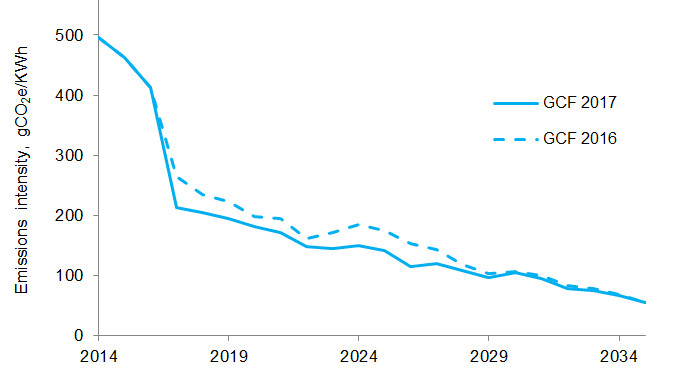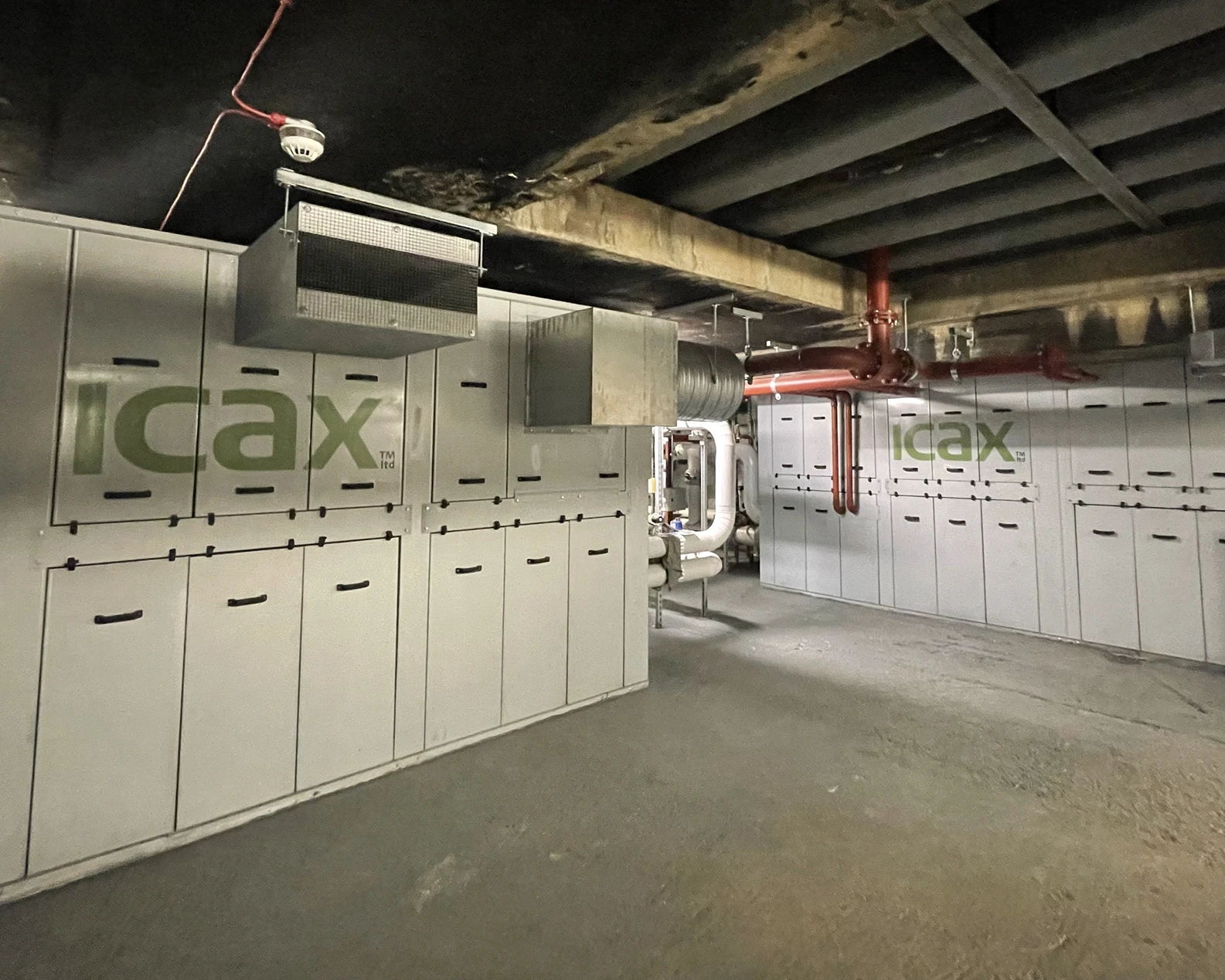Decarbonising Heat Networks
The UK government has been keen to promote district heat networks for many years as a means of reducing carbon emissions and increasing energy efficiency. The idea was that burning gas in power stations to generate electricity also generated a lot of heat which then had to be wasted. Wouldn’t it be better to employ “combined heat and power” by generating electricity beside housing and heat the houses? The heat could be distributed through insulated pipes to neighbouring homes and thus a higher proportion of the energy in the gas could be used, either as electricity or as heat?
In the year 2000 only around 2% of homes in the UK benefited from district heating. The penetration of district heating now is no higher than it was in 2000. The UK has proved resistant to district heating and there are formidable barriers to installing heat networks, including the funding cost and legal obstacles of establishing networks and the difficulty of signing up potential clients to very long term contracts.

Combined heat and power no longer saves carbon
However, the main reason for the government to promote combined heat and power networks has evaporated with the rapid decarbonisation of the National Electricity Grid.
We now face a climate emergency of excessive emissions of CO2 leading to global warming.
Burning gas (or any other carbon compound) releases yet more CO2.
Luckily there is now a clean alternative to heat from combustion: heat transfer using heat pumps. So combined heat and power fails on two counts: first there is no need to burn fuel to provide heating; second there is no need to burn fuel to generate electricity. Coal and oil fired power stations have been largely phased out and much of the electricity used in the UK is now generated without burning fossil fuels. The grid carbon factor of Grid electricity is now lower than that created by burning gas in CHP plants.
Replacing gas boilers with heat pumps
So how should we address the CO2 emissions from legacy district heating systems based on burning gas in “energy centres”? One practical solution is to replace the gas boilers in the energy centres and plant rooms with heat pumps.
Heat pumps issue no CO2 on-site because the vapour compression cycle that they rely on does not use combustion.
Most domestic and commercial heat pumps would not be up to the job of replacing gas boilers in district heating plant rooms. This is partly because they are generally not big enough and specifically because they are usually only designed to produce water at up to 60°C.
A new generation of larger high temperature heat pumps have been created to answer the needs of district heating, including heat pumps of up to 1,000kW and capable of producing temperatures up to 80°C. Heat pumps producing 80°C will not generally have as high a level of heat output over electricity input as heat pumps designed to produce 60°C. However, the practical benefits of being able to substitute for existing gas boilers without the need to refurbish the heat distribution network and the heat delivery mechanisms in buildings are enormous.
It is, of course, necessary to plan the source of heat, as a large high temperature heat pump needs a reliable and substantial source of energy for its mechanism which is based on heat exchange.
London Chalk Aquifer
The chalk aquifer beneath London holds a huge reservoir of water at a very steady temperature which can be tapped into to provide the heat exchange that a large heat pump needs. A detailed hydrogeological study will be needed to assess the chances of accessing the London Chalk Aquifer from any given site and a high level of expertise will be needed to realise a sufficient volume of water flow to achieve the heat exchange required for the network being investigated – together with working with the Environment Agency to achieve the appropriate permissions.

London Borough of Southwark
The London Borough of Southwark has demonstrated commitment to decarbonising its heat networks by awarding contracts for three of its community housing estates to install ICAX high temperature heat pumps to provide base load heating by heat exchange with the London Chalk Aquifer.
This will not only reduce the on-site emissions of CO2 to zero, compared to the use of gas boilers, but also reduce to zero the emissions of NO2: a major health benefit for those living in or around three housing estates in Southwark at Consort, Newington and Wyndham.
Two of the three Southwark housing estates are predicted to save over 25,000 tonnes of CO2e over the first 25 years of use, and the third is predicted to save 16,240 tonnes.
See Ground Source Heating See Ground Source Cooling See Ground Source Energy


